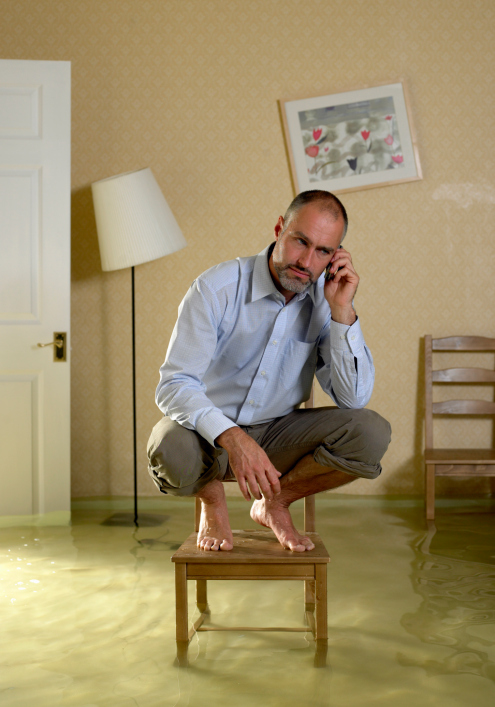
Why Do Floods Happen?
 We’re all familiar with the water cycle thanks to elementary science class teaching us that water travels from clouds, down to bodies of water and then evaporates back up to the clouds. But what happens when the hydrological system gets backed up or clogged? Those imbalanced conditions often lead to floods, which can cause extreme damage to our infrastructure. Let’s take a closer look at how floods are formed.
We’re all familiar with the water cycle thanks to elementary science class teaching us that water travels from clouds, down to bodies of water and then evaporates back up to the clouds. But what happens when the hydrological system gets backed up or clogged? Those imbalanced conditions often lead to floods, which can cause extreme damage to our infrastructure. Let’s take a closer look at how floods are formed.
- Heavy rainfall: Soil and foliage act as sponges that soak up rain as it falls. But over-saturated ground may not be able to absorb any more water during excessive rainfall, which can result in floods.
- Urbanization: Areas covered in concrete and asphalt disrupt the natural cycle of rain being absorbed by the ground. Rainfall can overflow storm drains and sewers, and the water needs somewhere to go.
- Flash flooding: Flash floods have various origins, but involve a wall of water quickly sweeping over an area. This process is often unpredictable, which makes it the most dangerous type of flood.
- River flooding: This is when rain falls over the land surrounding a river, called the watershed. When that land falls into the river, the water may rise over the river’s edge and cause damage to nearby infrastructure. However, river floods can often be predicted in time to evacuate.
- Natural disasters: Tsunamis and hurricanes create very large waves that can damage dams and levees, then wash over coastal areas.
- Ice jams: A flood can occur if ice chunks break up and float down a river, piling up at a bend and blocking normal water flow.
Though there are areas that are more likely to experience flooding, the truth is that floods can occur anywhere and at any time. Protect your family today by speaking to your independent insurance agent about flood insurance.
Get the coverage you need. Call Pan American Insurance at (915) 562-0009 for more information on El Paso flood insurance.
